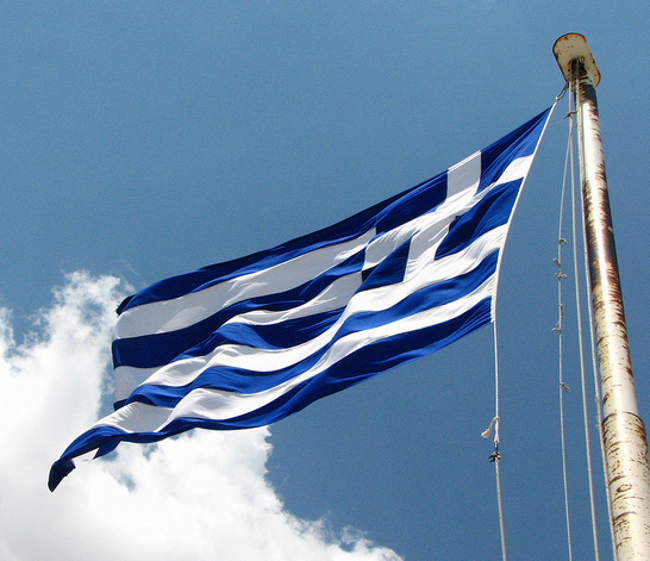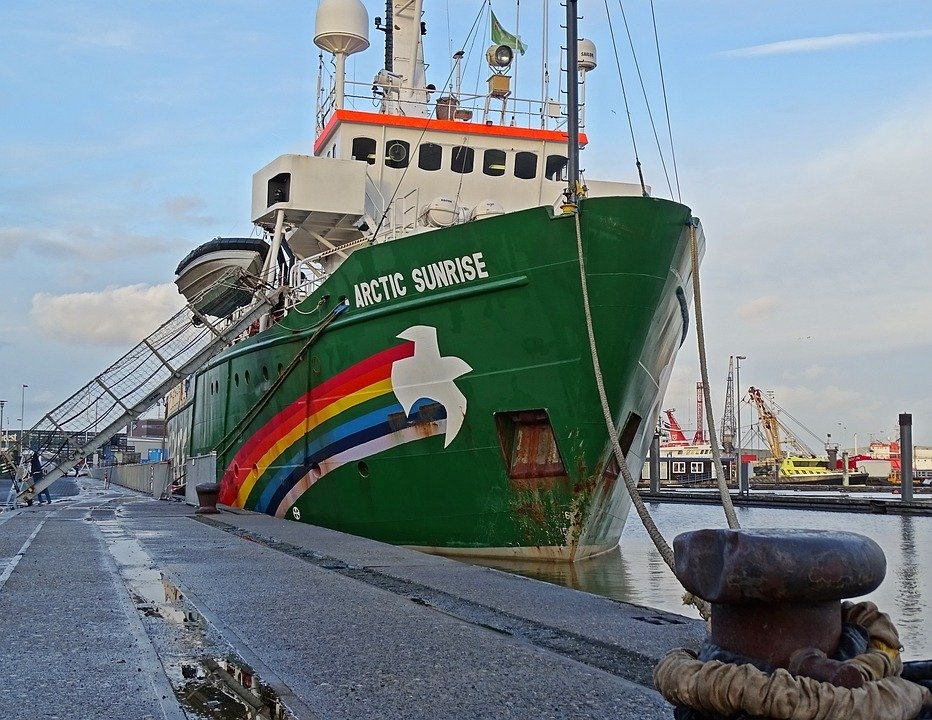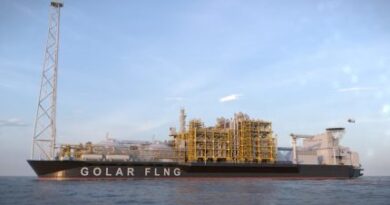Greek Ship Finance on the Rise

Greek ship financing has been on the rise, with Petrofin Research’s latest annual report, showing strong growth in figures. The Petrofin Index for Greek Ship finance, which commenced at 100 in 2001 and peaked at 443 in 2008, increased to 324 in 2024 from 308 in 2023. This was the highest figure since 2017.
Highlighted points of this year’s results for Greek ship finance are as follows:
* Bank ship finance for Greek shipping saw a significant growth of 5% in 2024, bringing the overall Greek loans (both drawn and committed but undrawn) booked both in Greece and worldwide to a total of $53,510.88m as of 31/12/2024. This reversed the downward trend seen in the last two years with Greek loans totalling $50,891.42m in 2023 and $51,909.77m in 2022.
* Despite robust new loans generation as the year progressed, the high interest rates and loan repayments made it difficult for nearly 60% of banks to achieve portfolio growth in 2024. Additionally, Sale and Leaseback (SLB) finance strongly competed with banks for newbuilding and second-hand financing. Nevertheless, a strong overall rise was achieved.

* The Petrofin Index for Greek Ship finance, which commenced at 100 in 2001 and peaked at 443 in 2008, increased to 324 in 2024 from 308 in 2023. It should be noted that the Petrofin Index relates to bank related finance only. Finance via SLBs and other forms of lending are not included.
* International banks without a Greek presence show growth of 2.5%.
* International Banks with Greek presence continued their downward trend for a second year seeing a further reduction of 6.2%. Among the 3 bank groups, this is the only group that fell in 2024.
* Greek banksis the group that saw the largest increase of 17.5% continuing its upward trend at a strong pace.

* International banks (both with and without Greek presence) found that the Greek banks’ ability to reduce their loan margins undercut their competitiveness. Additionally, Greek banks were able to offer improved loan terms and attracted more business from Greek owners, including newbuilding finance.
* Drawn loans remained the same.
* End year commitments jumped by 51.4%, continuing their upward trend. As 2024 developed, ship finance activity increased, hence, the high commitments at year end.
* The number of banks has gone down from 50 to 49. Some banks which have moved primarily to leasing have been removed. There have been some additions, such as Caixa and Tokyo Century Corporation.
* UBS (Credit Suisse) still retains the first position, reversing last year’s reduction and marking a growth of 2%.
* The top 10 Greek ship financing banks stood at $35.98bn compared to $33.1bn in 2023, $32.1bn in 2022, $30.45bn in 2021, a significant increase of 8.7%. Their market share shows steady growth up 67% from 65% in 2023 and 62% in 2022.
* This year we have added Greek shipping sustainability linked portfolios and we will be monitoring their gradual development.
* European banks saw an increase in their portfolios of 3.6%, halting the downward trend seen in the last two years. This growth was mainly due to the strength of Greek banks. However, their market share of the total Greek shipping portfolio, which was 74.02% in 2023, went down to 72.93% in 2024.
* It is believed that European banks that remain in Greek ship finance are committed towards staying in this sector. Indeed, of the banks involved in Greek ship finance, the vast majority have higher loan portfolio budgets for 2025 and are only limited from growing by competition from non-bank related finance and prepayments due to the high liquidity of Greek owners and high interest rates, which adversely affect new loan transaction cash flows.
* The newbuilding finance share has gone up to 54.5% of the forward commitments.
Nikos Roussanoglou, Hellenic Shipping News Worldwide




